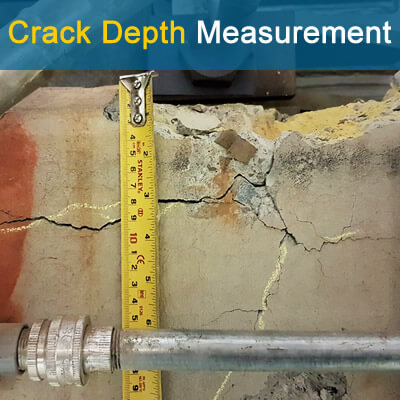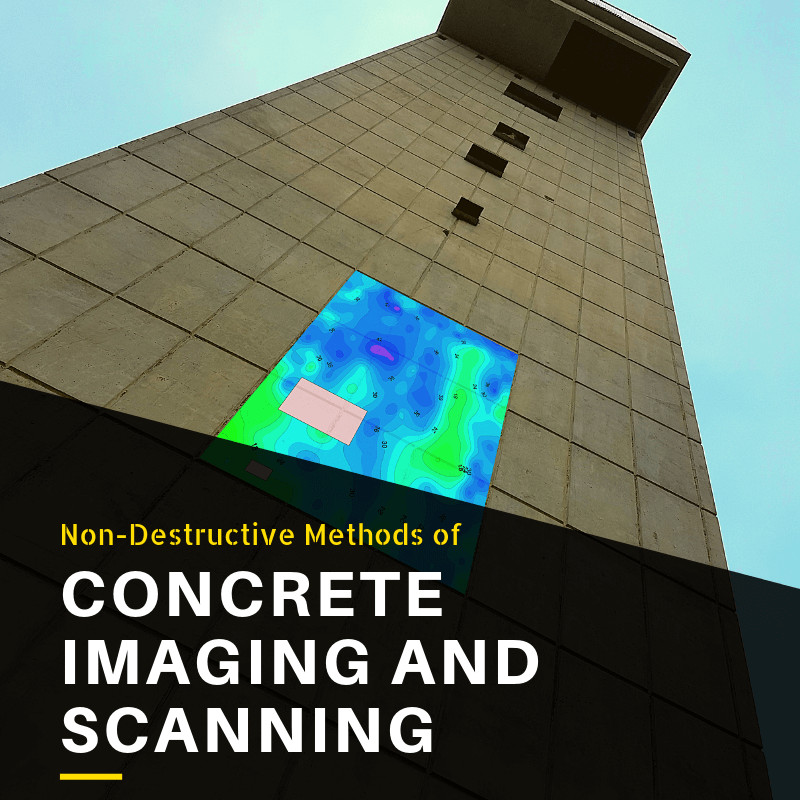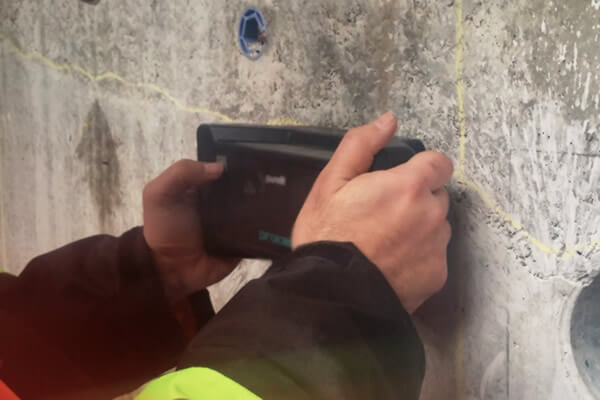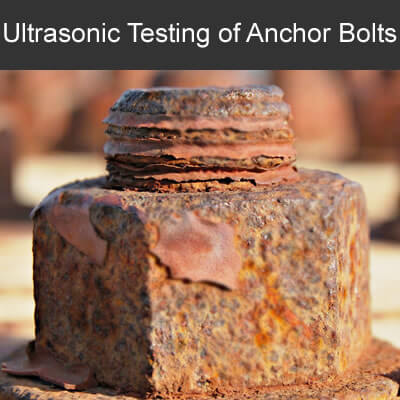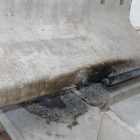3 Methods for Crack Depth Measurement in Concrete
Cracking is a common observation in concrete structures. Cracks can be a result of plastic shrinkage, or constructional movements. Moreover, cracks can happen as a result of overloading concrete elements, or creep. Chemical reactions such as alkali-aggregate reactions and corrosion can induce cracking. Material and Structural engineers

